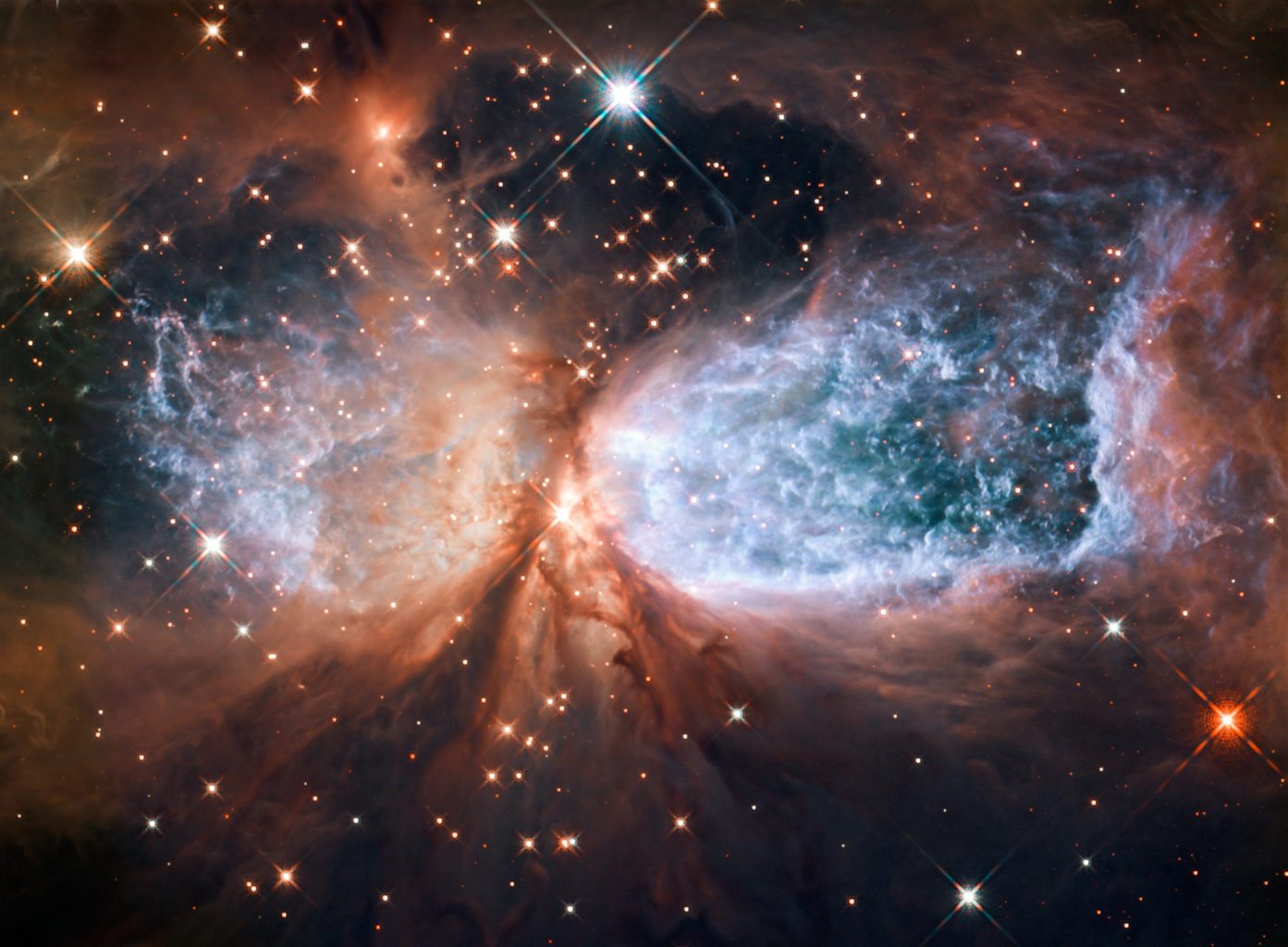Warwick University is leading user of Hubble
The University of Warwick has been confirmed as Europe’s leading user of the Hubble Space Telescope (HST).
Academics and students from Warwick have been regularly using the iconic telescope over the past decade despite fierce competition.
During that time they have discovered the first water-rich rocky planetary body outside our solar system; solar objects that were once brighter than 10 million galaxies and white dwarf stars consuming earth-like exoplanets.
Since its launch in 1990, the Hubble Space Telescope has played a vital role in the research into the evolution of planets, stars and the universe.
Its position in orbit allows a clear view of the universe that is unaffected by the distorting nature of Earth’s atmosphere and provides the detailed data needed for astrophysicists’ and PhD students’ research.
One of those PhD students from Warwick is Mark Hollands, who is carrying out research into stars and planetary systems that died before the Sun was born.
HST is like a Swiss army knife in space. It really is one of a kind.”
Mak Hollands
On the importance of the HST for his research, Hollands commented that: “Basically, the telescope can be set up to do all kinds of science: imaging and spectroscopy, and it can cover wavelengths from the ultraviolet into the infra-red. No other telescope offers such a wide range of possible options.
“The other important advantage is that it is in space. All of the usual limitations that the Earth’s atmosphere places on ground based telescopes aren’t a problem for HST.
“In particular, for a lot of the work we do at Warwick (for example looking at white dwarf stars) we need far ultraviolet (UV) data. That’s just impossible from the ground since our atmosphere is opaque to UV light. HST really is the only telescope we can use for a lot of the science we want to do.”
On why Warwick in particular has been so successful in their research involving the HST, Hollands said: “I think one of the great advantages we have here in the Warwick astronomy group is the level of diversity of the research.”
It’s the wide variety of topics we cover here that gives Warwick an edge”
Mark Hollands
Some of the current research being done at Warwick includes the study of extrasolar planets, white dwarfs and compact binary stars.
Hollands continued: “When it comes to applying to use Hubble, your proposal is reviewed by a panel of astronomers who probably aren’t experts in your specific area, so you really need to highlight what is exciting and unique about your research.”
Hollands also noted the role the HST plays in inspiring young, budding astronomers.
He commented “Viewing those fantastic images like the Hubble ultra-deep field, it’s hard not to be inspired about astronomy, and I think living in the internet age where you can get full-resolution versions of Hubble’s iconic images is a really big part of that”.

Comments